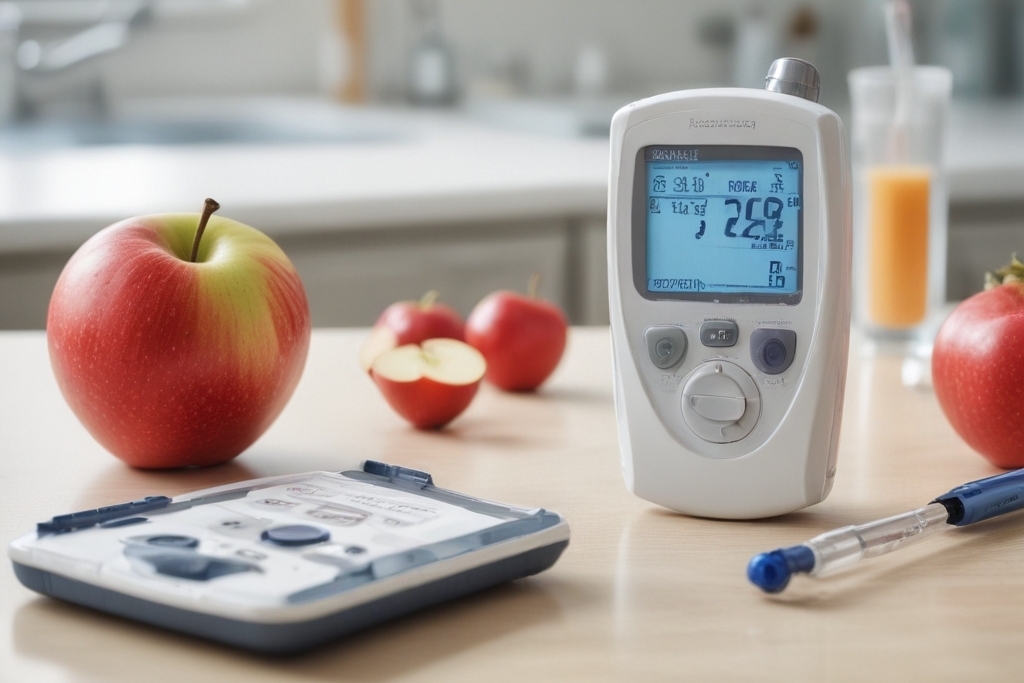Understanding the A1C Normal Range for Seniors: A Comprehensive Guide
Diabetes is a chronic condition affecting millions worldwide, leading to an increased focus on monitoring blood glucose levels for better management and prevention of complications. One of the critical markers used in assessing long-term glucose control is the A1C test (also known as HbA1c or glycated hemoglobin). Understanding the normal range for A1C, especially for seniors, is crucial for effective diabetes management. This comprehensive guide delves into what constitutes a normal A1C range for seniors, the importance of monitoring this biomarker, and strategies for maintaining optimal levels.

What is A1C?
A1C, or glycated hemoglobin, is a form of hemoglobin that is chemically linked to glucose. The A1C test measures the average blood sugar levels over the past two to three months by calculating the percentage of hemoglobin that is glycated. Unlike daily blood glucose monitoring, which can fluctuate due to various factors, the A1C test provides a longer-term perspective on glucose control.
Normal A1C Range for Seniors
The American Diabetes Association (ADA) suggests that a normal A1C level for non-diabetic adults is below 5.7%. An A1C between 5.7% and 6.4% is considered prediabetes, and 6.5% or higher typically indicates diabetes. However, for seniors, the interpretation of A1C levels can be more nuanced due to various factors such as comorbid conditions, life expectancy, and the risk of hypoglycemia.
1. Healthy Seniors: For relatively healthy seniors with a longer life expectancy and minimal comorbid conditions, an A1C target of less than 7.0% is generally considered appropriate. This aligns with general adult guidelines and aims to reduce the risk of diabetes-related complications while minimizing hypoglycemic episodes.
2. Seniors with Comorbid Conditions: For seniors with multiple comorbidities or a limited life expectancy, a less stringent A1C target may be appropriate, typically in the 7.5% to 8.0% range. This relaxed range helps to balance the benefits of glycemic control with the risks of hypoglycemia, which can be particularly dangerous in this population.
3. Frailer Seniors: For very elderly or frail seniors, or those in long-term care facilities, an A1C target closer to 8.0% or even slightly higher may be acceptable. The focus here is on maintaining quality of life and reducing the risk of severe hypoglycemia and its associated complications, such as falls or cardiovascular events.
Importance of Monitoring A1C Levels
Regular monitoring of A1C levels is vital for effective diabetes management in seniors. Here’s why:
1. Long-term Glucose Control: A1C provides a window into long-term glucose control, which is crucial for preventing diabetes-related complications such as neuropathy, retinopathy, and nephropathy.
2. Guiding Treatment Adjustments: By tracking A1C levels, healthcare providers can make more informed decisions about adjusting medications, diet plans, and lifestyle changes to achieve better glucose control.
3. Identifying Trends: Regular A1C testing can help identify trends, enabling proactive interventions if blood sugar levels are consistently too high or too low.
Strategies for Maintaining Optimal A1C Levels
Maintaining an optimal A1C level is a multifaceted approach that involves lifestyle modifications, dietary changes, and medical management. Here are some strategies that can help seniors achieve and maintain their A1C targets:
1. Balanced Diet: A diet rich in whole grains, fruits, vegetables, lean proteins, and healthy fats can help regulate blood sugar levels. Seniors should aim to limit processed foods and sugars.
2. Regular Physical Activity: Engaging in regular, moderate physical activity can improve insulin sensitivity and help maintain healthy blood sugar levels. Activities like walking, swimming, or gentle yoga can be beneficial.
3. Medication Adherence: Following prescribed medication regimens is crucial. Seniors should work closely with their healthcare providers to ensure they understand their medications and take them as directed.
4. Regular Monitoring: In addition to A1C testing, regular self-monitoring of blood glucose can provide immediate feedback and help in managing daily blood sugar levels.
5. Stress Management: Chronic stress can negatively impact blood glucose levels. Seniors should consider stress-reducing activities such as meditation, deep breathing exercises, or hobbies.
6. Regular Medical Check-ups: Routine check-ups with healthcare providers can help catch any issues early and allow for timely adjustments in treatment plans.
Understanding the normal range for A1C levels and their implications for seniors is essential for effective diabetes management. While generalized targets can guide treatment, it’s vital to tailor A1C goals to each individual’s health status, comorbidities, and overall well-being. Regular monitoring, a balanced lifestyle, and close collaboration with healthcare providers can help seniors maintain optimal blood glucose control, thus reducing the risk of diabetes-related complications and enhancing their quality of life.















